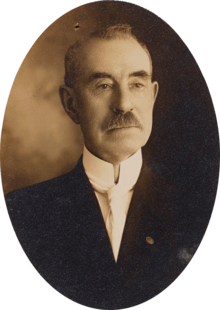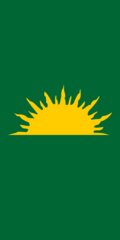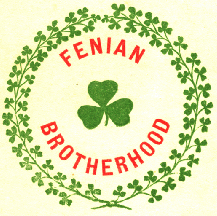
The Fenian Brotherhood was an Irish republican organisation founded in the United States in 1858 by John O'Mahony and Michael Doheny. It was a precursor to Clan na Gael, a sister organisation to the Irish Republican Brotherhood (IRB). Members were commonly known as "Fenians". O'Mahony, who was a Gaelic scholar, named his organisation after the Fianna, the legendary band of Irish warriors led by Fionn mac Cumhaill.

The Irish Republican Brotherhood was a secret oath-bound fraternal organisation dedicated to the establishment of an "independent democratic republic" in Ireland between 1858 and 1924. Its counterpart in the United States of America was initially the Fenian Brotherhood, but from the 1870s it was Clan na Gael. The members of both wings of the movement are often referred to as "Fenians". The IRB played an important role in the history of Ireland, as the chief advocate of republicanism during the campaign for Ireland's independence from the United Kingdom, successor to movements such as the United Irishmen of the 1790s and the Young Irelanders of the 1840s.
"God Save Ireland" is an Irish rebel song celebrating the Manchester Martyrs, three Fenians executed in 1867. It served as an unofficial Irish national anthem for Irish nationalists from the 1870s to the 1920s.
Clan na Gael was an Irish republican organization in the United States in the late 19th and 20th centuries, successor to the Fenian Brotherhood and a sister organization to the Irish Republican Brotherhood.

Jeremiah O'Donovan Rossa was an Irish Fenian leader and member of the Irish Republican Brotherhood.

The Manchester Martyrs were three Irish nationalists – William Philip Allen, Michael Larkin, and Michael O'Brien – who were hanged in 1867 following their conviction of murder after an attack on a police van in Manchester, England, in which a police officer was accidentally shot dead, an incident that was known at the time as the Manchester Outrages. The three men were members of the Irish Republican Brotherhood, also known as the Fenians, an organisation dedicated to ending British rule in Ireland, and were among a group of 30 to 40 Fenians who attacked a horse-drawn police van transporting two arrested leaders of the Brotherhood, Thomas J. Kelly and Timothy Deasy, to Belle Vue Gaol. Police Sergeant Charles Brett, travelling inside with the keys, was shot and killed while looking through the keyhole of the van as the attackers attempted to force the door open by shooting the lock.
Events from the year 1867 in Ireland.

William Mackey Lomasney was a member of the Fenian Brotherhood and the Clan na Gael who, during the Fenian dynamite campaign organized by Jeremiah O'Donovan Rossa, was killed in a failed attempt to dynamite London Bridge.

Thomas Joseph Kelly was an Irish revolutionary and leader of the Irish Republican Brotherhood (IRB), a secret organisation with the objective of establishing an Irish republic independent from the United Kingdom. Kelly was the nominal leader of the failed Fenian Rising of 1867. He had previously also been an officer in the Union Army during the American Civil War, serving mainly with the 10th Ohio Infantry "The Bloody 10th".
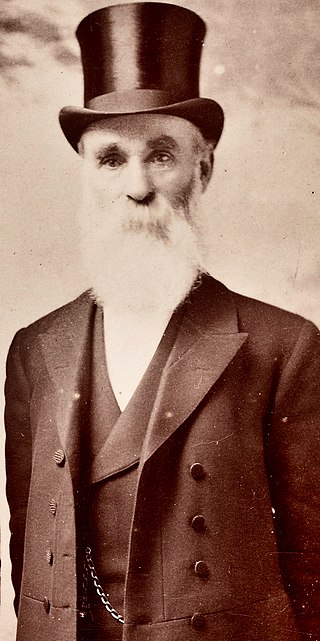
James Francis XavierO'Brien was an Irish nationalist Fenian revolutionary in the 1860s. He was later elected to the House of Commons of the United Kingdom of Great Britain and Ireland, as a Member of Parliament (MP) in the Irish Parliamentary Party.
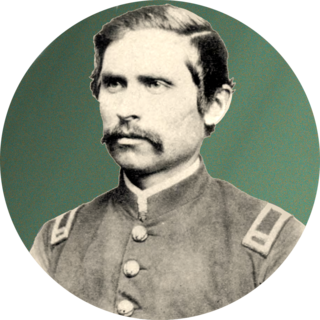
Timothy John Deasy was an Irish survivor of the Great Famine who emigrated with his family to Massachusetts in the United States. He later became an officer in the Union Army during the American Civil War, as well as a revolutionary fighting alongside the Irish Republican Brotherhood in both Canada during the Fenian Raids and Ireland during the Fenian Rising of 1867. Towards the end of his life, he became involved in electoral politics in Massachusetts, becoming one of the few Roman Catholics elected at that time to the Massachusetts House of Representatives.

The word Fenian served as an umbrella term for the Irish Republican Brotherhood (IRB) and their affiliate in the United States, the Fenian Brotherhood. They were secret political organisations in the late 19th and early 20th centuries dedicated to the establishment of an independent Irish Republic. In 1867 they sought to coordinate raids into Canada from the United States with a rising in Ireland. In the 1916 Easter Rising and the 1919–1921 Irish War of Independence, the IRB led the republican struggle.

The Fenian dynamite campaign was a bombing campaign orchestrated by Irish republicans against the British Empire, between the years 1881 and 1885. The campaign was associated with Fenianism; that is to say the Irish revolutionary organisations which aimed to establish an independent Irish Republic; such as the Irish Republican Brotherhood, the Fenian Brotherhood, Clan na Gael and the United Irishmen of America. The campaign, led by Jeremiah O'Donovan Rossa and other Irishmen exiled in the United States, was a form of asymmetrical warfare and targeted infrastructure, government, military and police targets in Great Britain. Over 80 people were injured in the attacks and one young boy was killed, as well as two of the bombers in the 1884 attack on London Bridge. The campaign led to the establishment of secret police group Special Branch.

The Fenian Rising of 1867 was a rebellion against British rule in Ireland, organised by the Irish Republican Brotherhood (IRB).
James Boland was a member of the Irish Republican Brotherhood (IRB) who was linked to the Irish National Invincibles. He was the father of republican revolutionaries and politicians Harry, Gerald, Ned and Kathleen Boland.

The Clerkenwell explosion, also known as the Clerkenwell Outrage, was a bombing in London on 13 December 1867. The Irish Republican Brotherhood, nicknamed the "Fenians", exploded a bomb to try to free one of their members being held on remand at Clerkenwell Prison. The explosion damaged nearby houses, killed 12 people and left 120 injured. None of the prisoners escaped. The event was described by The Times the following day as "a crime of unexampled atrocity", and compared to the "infernal machines" used in Paris in 1800 and 1835 and the Gunpowder Treason of 1605. The bombing was later described as the most infamous action carried out by the Fenians in Britain in the 19th century. It enraged the public, causing a backlash of hostility in Britain which undermined efforts to establish home rule or independence for Ireland.
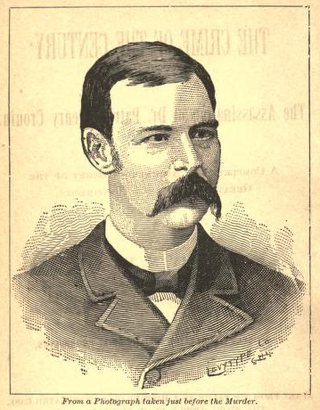
Philip Patrick Henry Cronin was an Irish immigrant to the United States, a physician, and a member of Clan na Gael in Chicago. In 1889, Cronin was murdered by affiliates of Clan na Gael. Following an extensive investigation into his death, the murder trial was, at the time, the longest-running trial in U.S. history. Cronin's murder caused a public backlash against secret societies, including protests and written condemnations by the leadership of the Catholic Church.

Charles Brett was a police sergeant from Manchester, England. In 1867, he was shot dead in an ambush on the locked police carriage transporting the Fenians Thomas J. Kelly and Timothy Deasy; he was the first police officer from Manchester to be killed on duty.

Ricard O'Sullivan Burke was an Irish nationalist, Fenian activist, Union American Civil War soldier, U.S. Republican Party campaigner, and a public-works engineer. Travelling extensively, he performed various jobs. He was involved in two prison escape attempts, in Manchester, where a policeman was shot dead, and in London, where twelve passers-by were blown up.
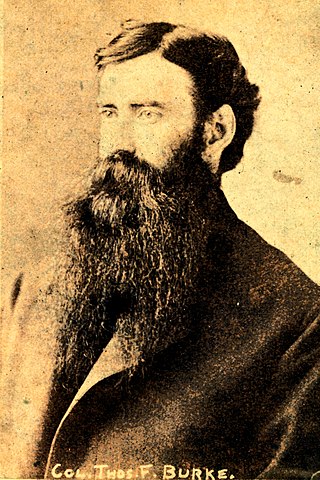
Thomas Francis Bourke was an Irish soldier who fought in the American Civil War on behalf of the Confederacy and who was later a member of the Fenian Brotherhood, a revolutionary organisation linked to the Irish Republican Brotherhood that sought to establish an independent Irish Republic separate from the United Kingdom. He took part in the Fenian Rising of 1867, and was initially sentenced to death for his role in it. His sentence was later commuted before he was released as part of a general amnesty, conditional on going into exile.
